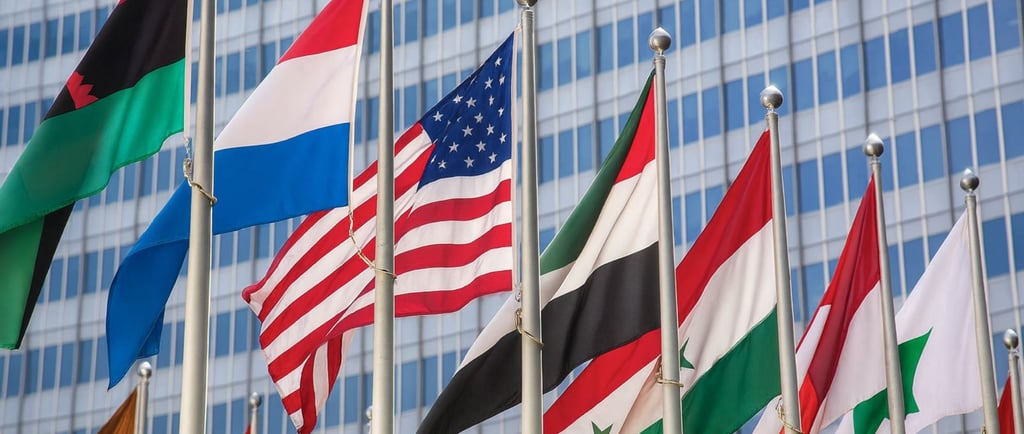$365B vs $26B: New UN Report Flags Massive Climate Adaptation Funding Gap That Threatens Infrastructure & Lives
11/11/20251 min read


Developing countries will need between $310 billion and $365 billion every year by 2035 to cope with rising seas, lethal heat and heavier floods, the UN Environment Programme said in its 2025 Adaptation Gap Report. Actual public adaptation finance was just $26 billion in 2023, down from $28 billion in 2022, leaving a gap on the order of 12–14× that threatens lives and infrastructure as climate shocks intensify.
The math now drives policy: without concessional capital and de-risking, projects like coastal defenses, urban drainage and early-warning systems won’t pencil out, turning today’s capex shortfall into tomorrow’s GDP losses and higher insurance claims. The UN also notes the Glasgow pledge to double adaptation finance to ~$40B by 2025 is off track on current trends.
UNEP’s modeling puts needs at $310B/yr by 2035; using countries’ own plans lifts that to $365B/yr. Flows to developing countries fell to $26B in 2023, compounding exposure in fast-growing coastal cities and farm belts already hit by extreme rain and heat. The Financial Times characterized the shortfall as a “yawning gap,” while Carbon Brief’s analysis translates it to a $284–$339B annual hole by 2035.
This isn’t a headline hurricane, but it sets the price of resilience for the next decade. As loss-and-damage claims rise and reinsurers re-rate coastal and riverine risk, ministries and lenders are deciding whether adaptation stays a budget line—or becomes a solvency problem. Markets will watch if multilateral banks and donors move toward that $40B near-term target and scale blended vehicles to crowd in private money.
The numbers are stark: needs $310–$365B; delivered $26B. Bridging that spread will determine whether emerging economies can harden grids, roads and water systems fast enough to keep growth—and credit quality—intact.
Earthian AI
Earthian AI is the Earth-focused risk intelligence engine headquartered in the Netherlands with international offices in Munich, Germany, and Paris, France.
hello@earthianai.com
© 2025. All rights reserved.
Netherlands
Munich: Josephspitalstraße 15, Bavaria 80331, DE
Enschede: De Hems 10, 7522NL, NL (Mailing)
Tel: +31 641 19 16 81
Germany
Amsterdam: Rokin 92, 1012KZ, NL
Tel: +49 160 978 38 013
France
Station F
Paris: 5 parvis Alan Turing, 75013 Paris, France
